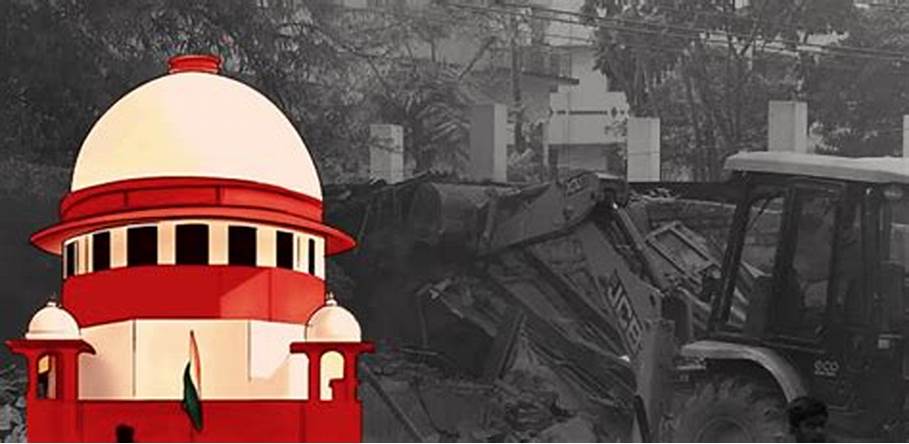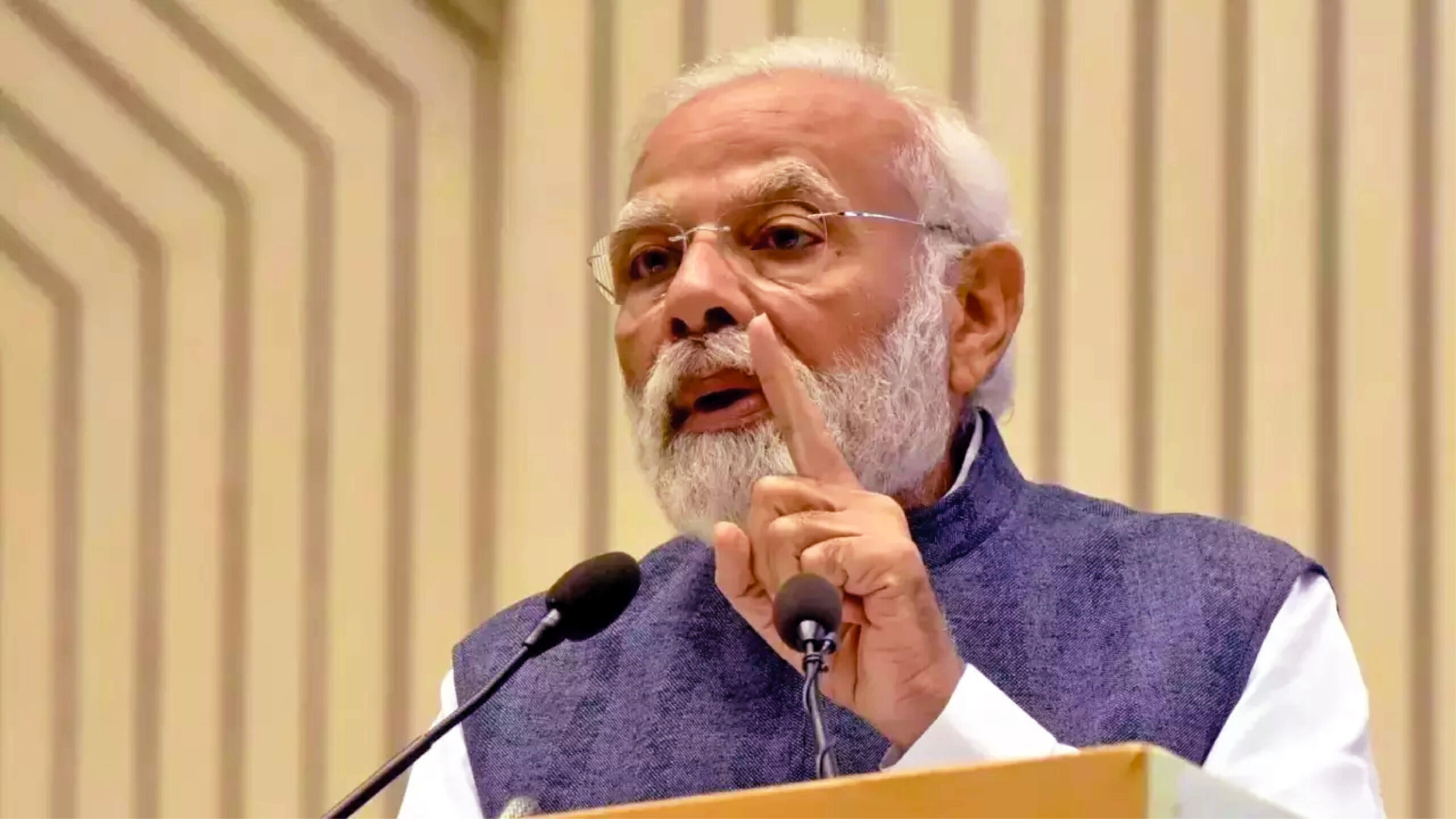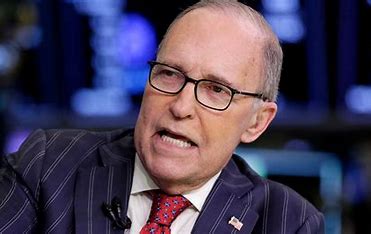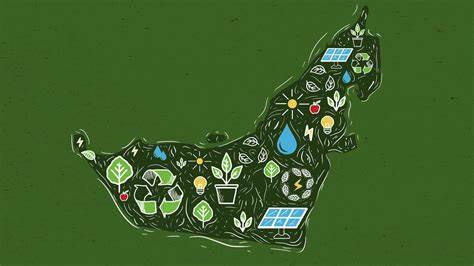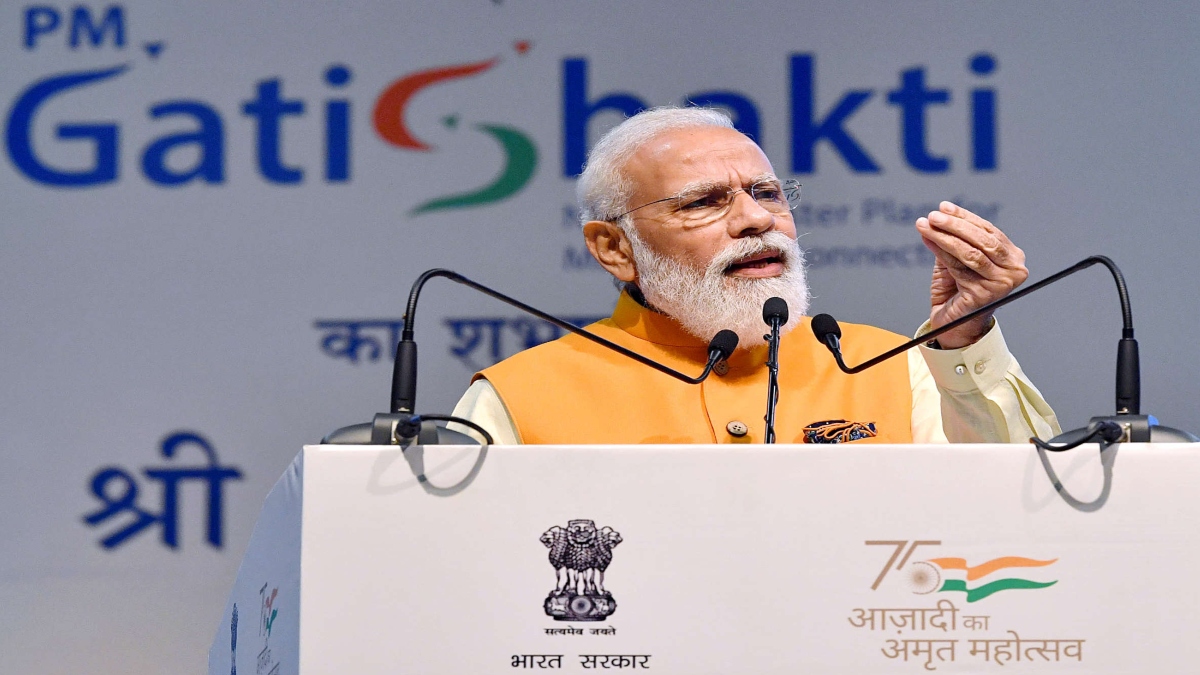
Infrastructure along with good governance creates a conducive atmosphere for investment attraction from global entrepreneurs, which leads to the growth of the nation’s economy in the form of Gross Domestic Product (GDP) for better living conditions among the general public in the nation. Here, infrastructure consists of roads and other transport facilities for the best connectivity among affordable clean energy, reliable transmission and distribution, roads, railways, inland waterways, seaports and till end-user of the product and service, irrigation, industrial parks and social infrastructure for enhancing the human living standards in all the required parameters which has been stipulated by Prime Minister Narendra Modi under Gati Shakti plan. Whether it is Union or state governments, they should plan and implement accurately the infrastructure requirements in a particular state to connect other destinations across the country meaningfully.
Union government under the leadership of PM Modi has been giving utmost priority to all kinds of physical infrastructure post-2014 with the coordination of state governments for achieving US$5 trillion economy. Though there were infrastructure facilities that evolved gradually after Independence in 1947, those facilities were minimal and inadequate to serve the people of the nation. In these circumstances, PM Modi’s leadership of Bharat had intended for the improvement of all kinds of infrastructure in tandem with a proper blueprint worth around 100 lakh crore, as announced by PM Modi, flag off the Gati Shakti plan under the National Infrastructure Pipeline (NIP). Thereafter, PM Modi has insisted it time and again including his recent Independence Day speech from the Red Fort as the need of the hour as already it has been in progress and the present value of the projects have reached to nearly 111 crore to boost our country’s economy for the creation of huge employment-related opportunities for the youth.
The spirit behind the Gati Shakti initiation by PM Modi is to serve two purposes in tandem. One, fill the infrastructure gaps in various sectors to serve people’s needs to improve their living standards, and second, expected additional growth of the economy of our country to 4% to 5% by 2025 that facilitates to become a US$ 5 trillion economy. PM Modi led Union government has included sector-wise projects such as water, sanitation, social infrastructure, power, roads, railways, ports, airports, OFCs, hospitals, agriculture, and other infrastructure projects in the PM Gati Shakti road map. These projects have been in progress under the PPA system, consisting of the Centre share for 39%, the state share for 40%, and the private participation for 21% on 6835 projects and already 42 lakh crore worth of these 100 lakh crore projects are already in various stages in different states. The primary aim of PM Gati Shakti is raising the living standards of the people of the country and turning the country into an “economic force” with the initiation of these 100 lakh crore infrastructure projects.
Already, both Sagaramala and Bharathmala projects are vital in the process of infrastructure creation along with all other sectors to augment the GDP growth of our nation till Bharat reaches close to a manufacturing giant in the world. In this process, Make in India is a key initiative to achieve the ambitious US$ 5 trillion economy by 2025 for better living standards and infrastructure pipeline India provides. The bilateral trade between India and the US has grown from US$ 16 billion to US$ 149 billion in the last two decades and it has projected to reach over US$ 500 billion by 2025 with Greenfield or Brownfield projects. Already Vizag and Chennai Industrial Corridor (VCIC), Bangalore and Chennai Industrial Corridor (BCIC) are under progress and those are playing a prominent strategic role for the sea-based industrial infrastructure in South India under Sagarmala project for the estimated augment of GDP around 4%. Also, there is expressway road connectivity, railways connectivity, and air connectivity to the seaports and industrial parks and cities around it under Bharathmala projects.
The prestigious Delhi – Mumbai Expressway for 1350 km distance comprises various industrial parks with 92,000 crore project cost has almost completed and getting ready for service within a year with the estimated earnings Rs 1200 crore to 1500 crore per month. One more New 8 line Expressway has been announced by Union Minister Nitin Gadkari to connect North to South of Bharath between Pune and Bangalore covering Surat – Nashik – Ahmednagar – Solapur – Akkalkot – Gulbarga – Yadgir – Kurnool – Chennai with an estimated cost of 40,000 crore with various industrial clusters with an aim to complete the project for service by 2024.
NHAI is playing the key role under Bharatmala project initiation to connect roads with railways, airports, and seaports for faster transportation connectivity to reduce the time log of the goods and travellers transport from one place to another part of our nation. In this process, where the National Highways around 90000 km were constructed prior to 2014 since Independence, it has reached more than 1,36,000 km till now by laying more than 46,000 km by NHAI for seven years of PM Modi led Union government. Further, NHAI is working with an aim to complete 2 lakh km roads as National Highways by 2025. The role of the Bharatmala project is vital for the connectivity of transportation in the Gati Shakti initiation of 100 lakh crore infrastructure projects.
How the funds are available for the PM Gati Shakti projects for 100 lakh crore is the big question raised by the critics. But the sector-wise projects and cost structure thereof planned beautifully and the same was announced in 2019 itself as NIP with a professional task force and already 42 lakh crore worth projects of various sectors under progress across the country with Centre, state, and private participation. Funds were planned by the Central government sector-wise through budget allocations, toll, and other revenues, National Monetisation Policy (NMP), disinvestments, and sources from financial institutions and similarly, state governments should have their plans for their projects approved under NIP and rest of 60 lakh crore to 70 lakh crore worth projects shall be completed in the next three years to gear up the economic activity with a sharp rise in the growth rate to reach the PM Modi’s ambitious US$ 5 trillion economy by 2025.
The writer holds a degree in commerce and works as an FCA. The views expressed are personal.
Union government has included sector-wise projects such as water, sanitation, social infrastructure, power, roads, railways, ports, airports, OFCs, hospitals, agriculture, and other infrastructure projects in the PM Gati Shakti road map. These projects have been in progress under the PPA system, consisting of Central share for 39%, the state share for 40%, and the private participation for 21% on 6,835 projects and already Rs 42 lakh crore worth of these Rs 100 lakh crore projects are already in various stages in different states.
